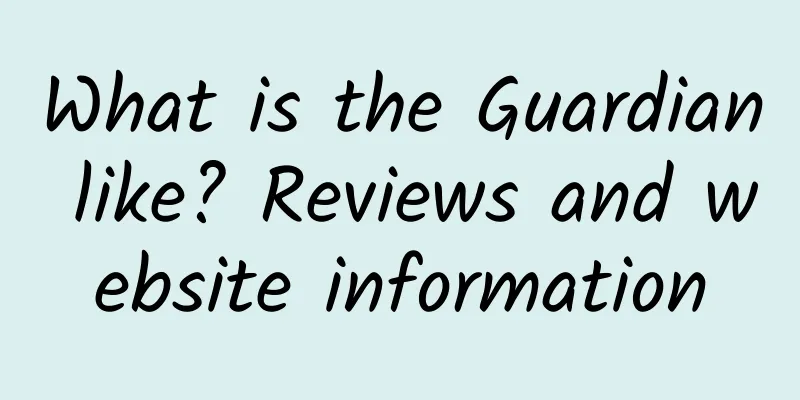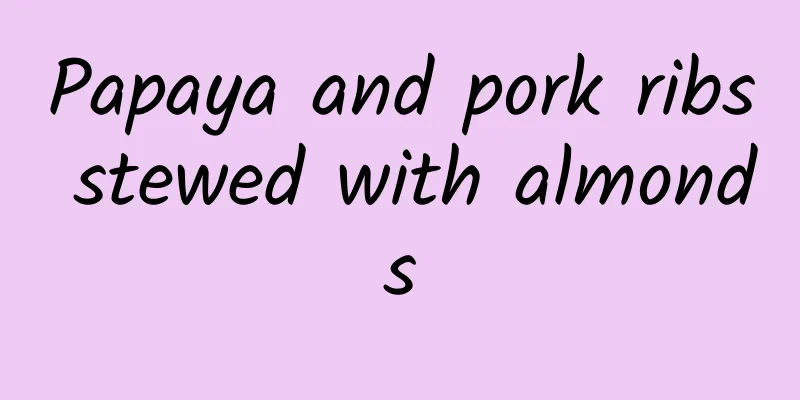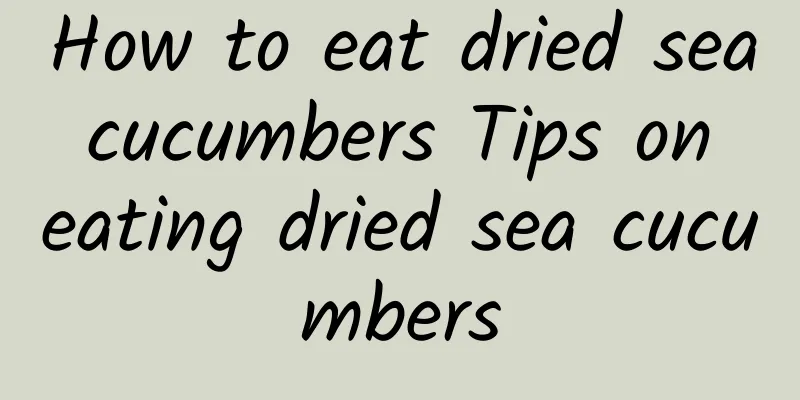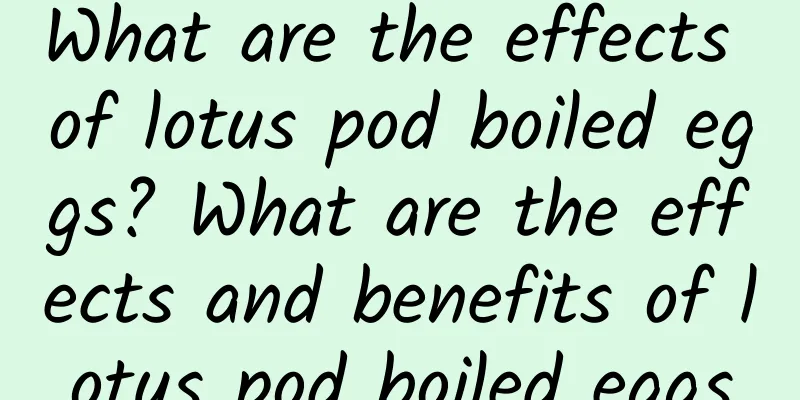What is the Guardian like? Reviews and website information

|
What kind of website is The Guardian? The Guardian is a national daily newspaper in the UK. It was called the Manchester Guardian because its headquarters was located in Manchester from its founding to 1959. The headquarters moved to the capital London in 1964, but it has printing facilities in both Manchester and London. The general public regards the political views of The Guardian as center-left. The Guardian has now established its own branch in the United States, specializing in the construction and marketing of Internet content. On the other hand, it is reducing the number of newspaper reporters overseas. This advance and retreat does indeed make people see the strategic division of labor between the newspaper and its own website. The Guardian's website is a global media. The Guardian itself is an increasingly local British media. The path is becoming clearer and the newspaper's hope is becoming clearer. Website: www.guardian.co.uk The Guardian: The transformation from a traditional daily newspaper to a global digital mediaIn today's era of digitalization sweeping the world, the news media industry is undergoing unprecedented changes. In this process, The Guardian, with its unique strategic adjustments and innovative thinking, has become one of the models of the transformation of traditional media to new media. As a national comprehensive content daily with a long history, The Guardian not only retains its profound cultural heritage, but also successfully expands its global influence through the use of Internet technology. This article will explore the history of The Guardian, its political stance, digital transformation, and its strategic layout around the world. Manchester GuardianThe predecessor of The Guardian was the Manchester Guardian, which was founded in 1821. At that time, the newspaper was named because its headquarters was located in Manchester and was mainly aimed at readers in the northern part of the UK. As a media known for its in-depth reporting and independent perspective, the Manchester Guardian established the values of focusing on social issues and advocating freedom and democracy at the beginning of its establishment. This principled newspaper style laid the foundation for The Guardian to gain a wide reputation later. In 1959, the Manchester Guardian changed its name to The Guardian, marking an important step from a regional newspaper to a national media. With the changes in the social and economic structure of the UK and the increasing prominence of London as the country's political and cultural center, The Guardian moved its headquarters to the capital London in 1964. However, in order to maintain contact with readers in the north, the newspaper has set up printing facilities in both Manchester and London to ensure that readers in both places can obtain the latest information in a timely manner. Center-left political stanceFor a long time, The Guardian has been regarded as a media with a center-left political tendency. This positioning is not accidental, but is consistent with its original intention. The Guardian has always paid attention to issues such as social justice, environmental protection, and human rights protection, and has conducted critical analysis of government policies and social phenomena. It supports progressive ideas, opposes extreme conservatism, and is committed to promoting social reform and fairness and justice. Despite its clear political stance, The Guardian has not sacrificed objectivity and diversity in its news reporting. Instead, it strives to present a full picture of complex events through multi-angle and multi-layered reporting. This balanced approach has won the trust of readers from different backgrounds and has also enabled it to gain widespread influence around the world. Digital transformation: from print media to global mediaAfter entering the 21st century, with the rapid development of Internet technology, traditional paper media faced huge challenges. The Guardian was keenly aware of this trend and decisively launched a digital transformation strategy. In 2011, The Guardian established a branch in the United States, focusing on the construction and marketing of Internet content. This move not only helped The Guardian expand its international audience, but also opened up a new source of income for it. At the same time, The Guardian has gradually reduced the number of its overseas correspondents and has instead relied on local partners and online resources to obtain information. This "orderly advance and retreat" strategy has enabled The Guardian to focus more on its core business - providing high-quality news content to local readers while achieving global dissemination through digital platforms. Website layout: www.guardian.co.ukAs the core achievement of The Guardian's digital transformation, www.guardian.co.uk has become one of the most influential news websites in the world. The website not only continues the traditional advantages of the paper version, but also makes full use of multimedia technology to provide users with a richer content experience. Whether it is text reports, live video or interactive charts, users can find the information they are interested in here. It is worth mentioning that The Guardian website pays special attention to mobile optimization to ensure that users can have a smooth reading experience whether on a computer or a mobile phone. In addition, the website has also introduced a personalized recommendation system to push relevant content based on user interests and preferences, thereby improving user stickiness and satisfaction. Global Vision and Local PracticeIn the digital age, The Guardian clearly recognizes its own strengths and limitations. On the one hand, through a powerful online platform, The Guardian has developed into a truly global media; on the other hand, due to resource constraints and intensified market competition, its paper version has gradually returned to serving British readers. This path choice reflects The Guardian's deep thinking about future development. In the context of globalization, traditional media must redefine their roles and missions. For The Guardian, this means maintaining core values while flexibly responding to market changes and technological innovations. Conclusion: Hope and challenges coexistFrom the Manchester Guardian to today's Guardian, this media organization with nearly 200 years of history has always been at the forefront of the times. Facing the opportunities and challenges brought by digital transformation, The Guardian has successfully achieved a gorgeous transformation from a traditional daily newspaper to a global digital media with its clear strategic planning and firm execution. However, the road ahead is still full of unknowns. How to achieve financial sustainability while maintaining independence? How to stand out from the vast amount of information and continue to win the trust of readers? These questions need to be explored and answered by The Guardian in the future. But what is certain is that as long as we stick to our original aspirations and dare to innovate, The Guardian will continue to write its own legendary chapter. |
>>: How is Lotte Chemical? Lotte Chemical reviews and website information
Recommend
How to eat oats to lose weight How to eat oats to lose weight
Many people think that eating oatmeal instead of ...
Nutritional value and edible effects of leeks
Chives are a great vegetable. They can be used to...
Scallop and lean meat porridge
I believe everyone has had scallop and lean meat ...
Merrell_How is it? Merrell_Merrell reviews and website information
Merrell_What is Merrell? Merrell is a famous Ameri...
The efficacy and function of purple dendrobium and the consumption method of purple dendrobium
Purple Dendrobium, also known as Purple Orchid, i...
How to cultivate double-petaled bougainvillea How to cultivate double-petaled bougainvillea
Double-petaled bougainvillea is an ornamental flo...
What is FactSet Research Systems like? FactSet Research Systems reviews and website information
What is FactSet Research Systems? FactSet Research...
How is Air France-KLM Group? Air France-KLM Group Reviews and Website Information
What is the website of Air France-KLM? Air France-...
The difference between cooling oil and wind oil
Cooling oil and wind oil essence are two common m...
Medicinal effects and usage of Chinese yam
Chinese yam is a root food and also a Chinese med...
When is the best time to eat bananas? When is the best time to eat bananas?
Bananas are a common fruit in our daily lives. Th...
The benefits of sesame powder
Sesame powder is a popular health food. It is a d...
How to make delicious pickled radish
Do you know how to pickle radish? If you don'...
Etiquette for eating Western food. Things to note when eating Western food.
When dining, you need to know how to pay attentio...
What are the benefits of grape seeds and how to eat grape seeds
Grape seeds contain a substance called grape poly...









